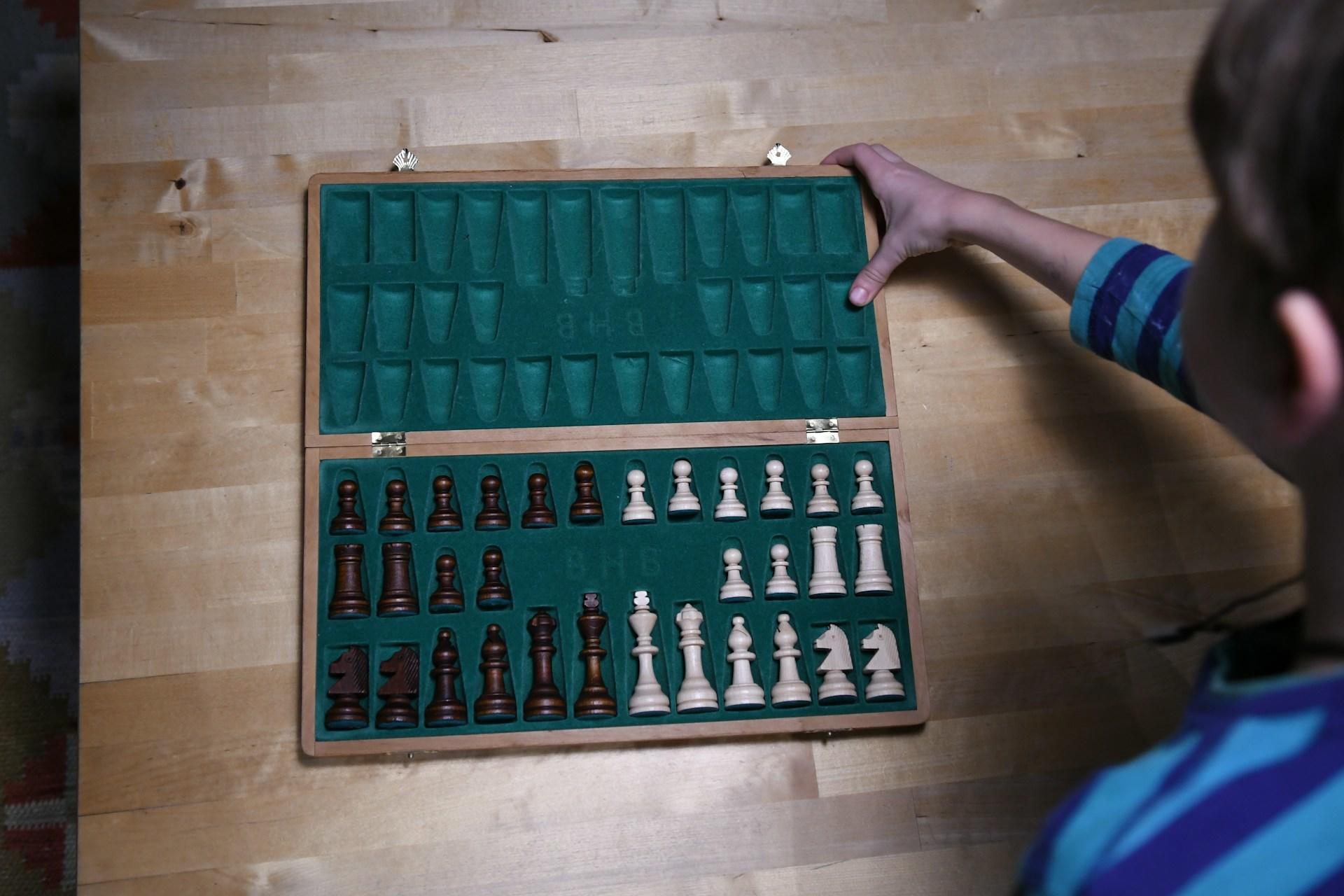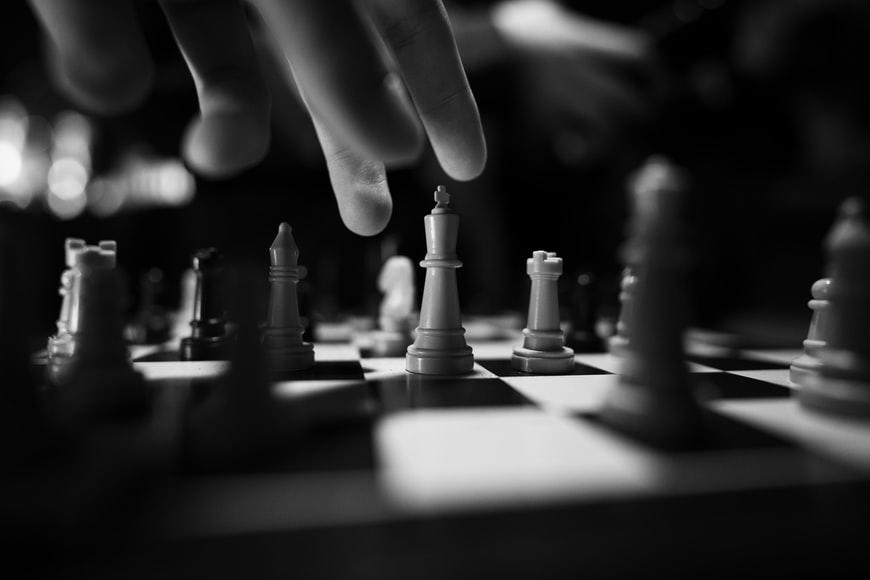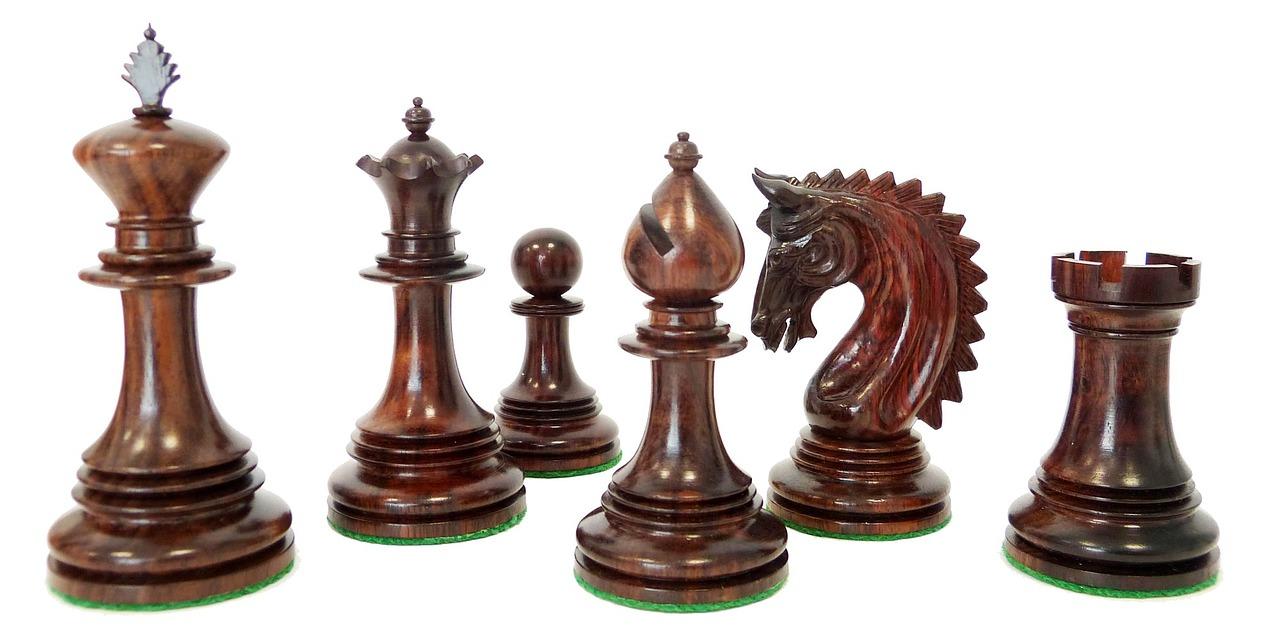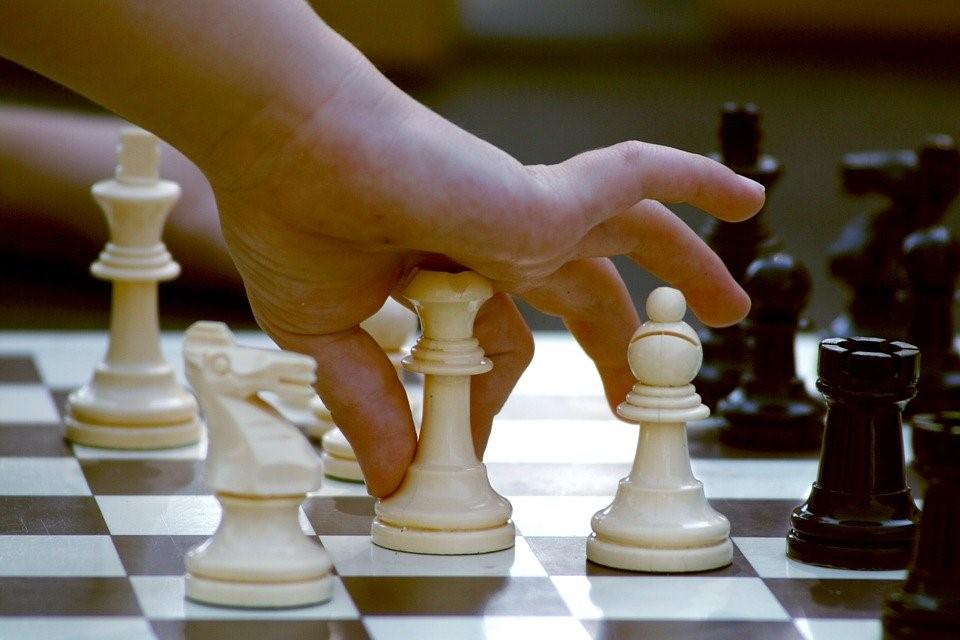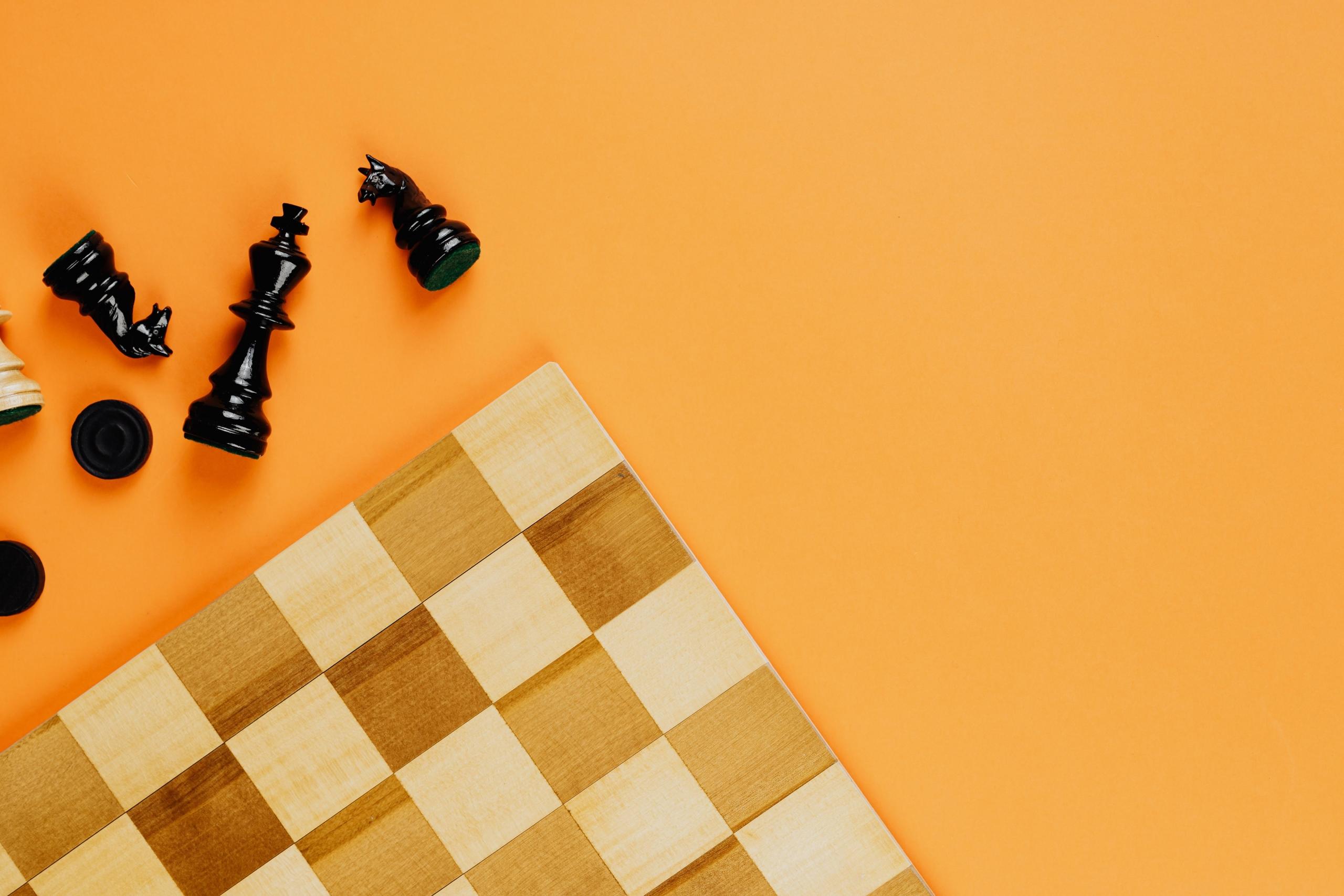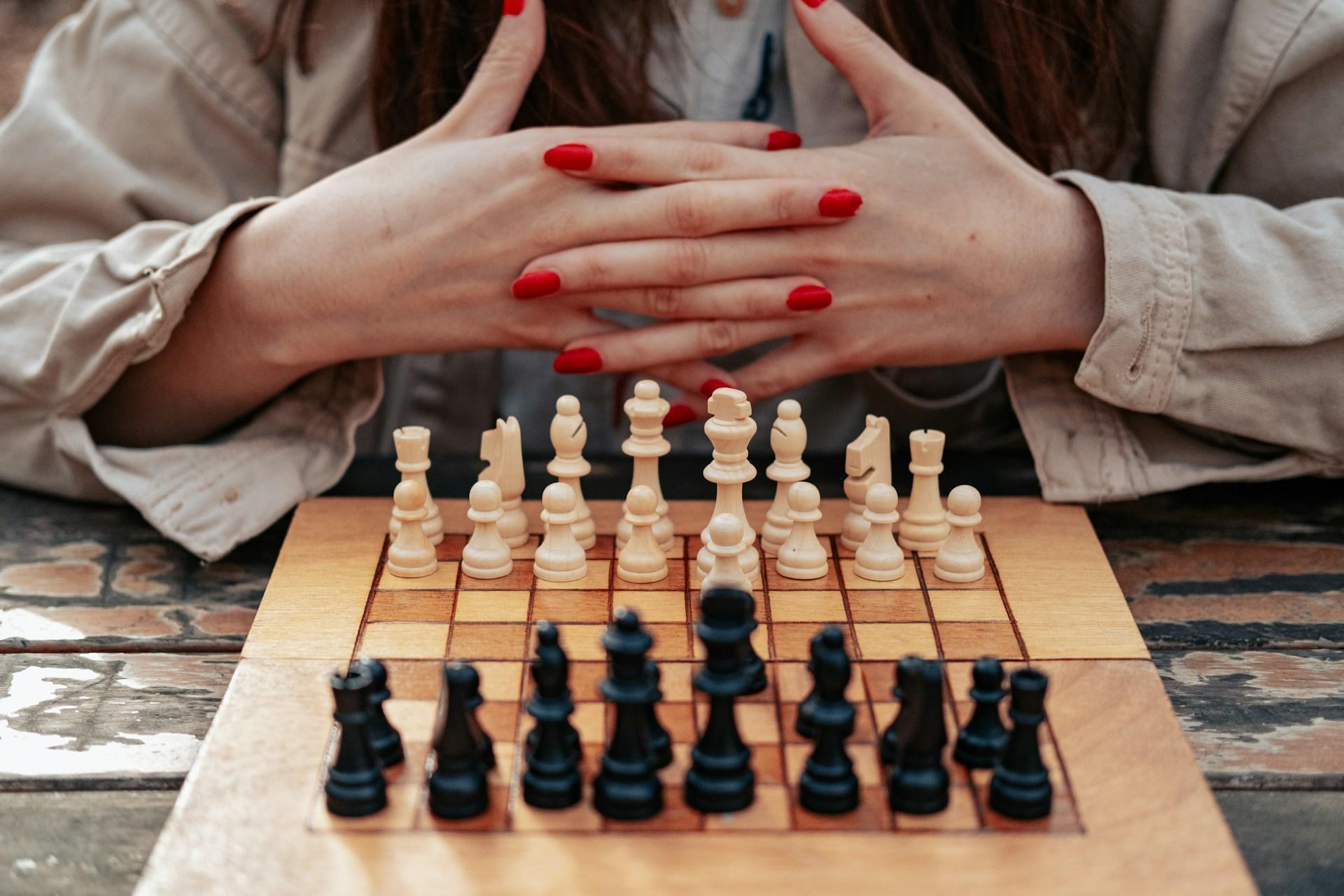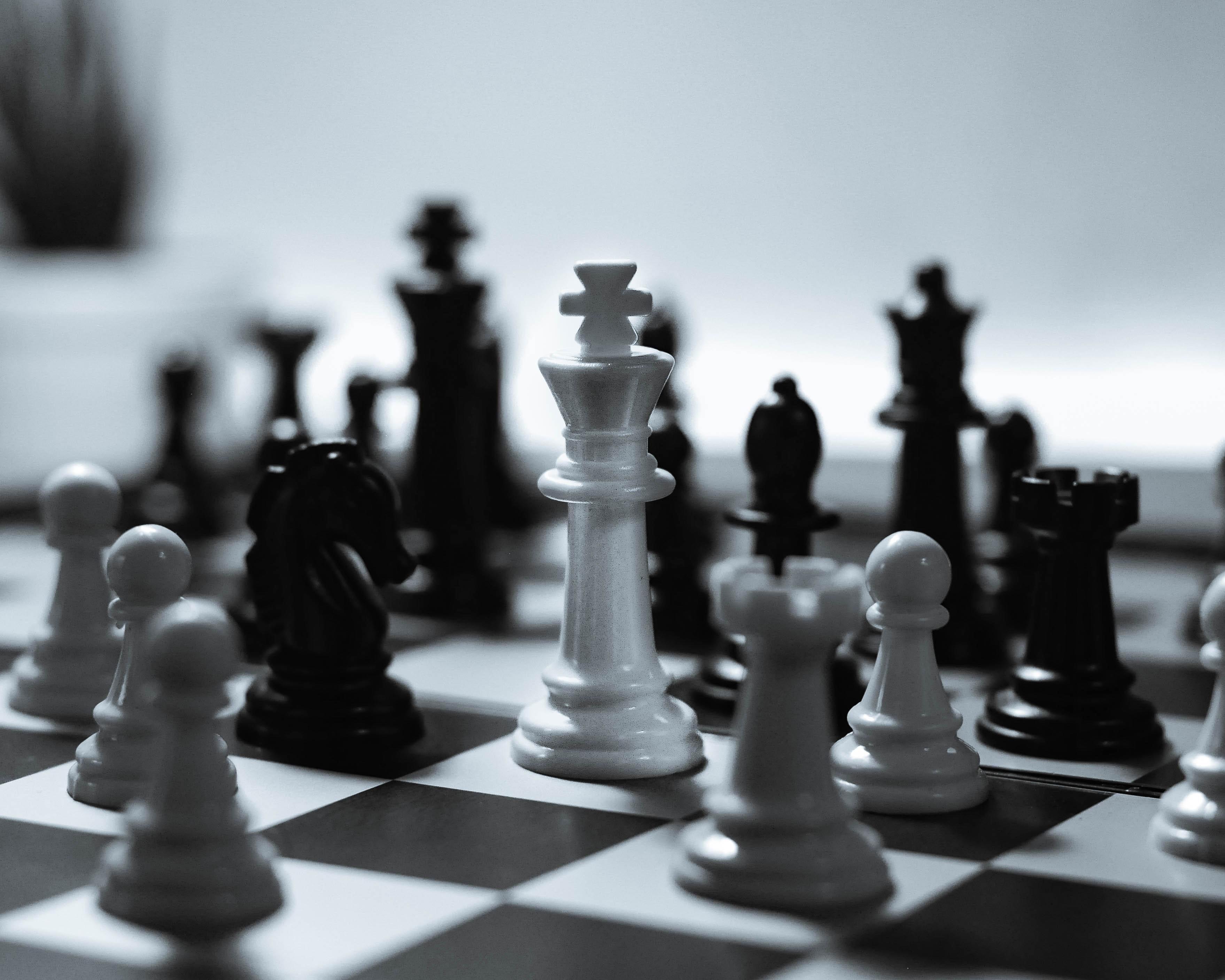When talk arises of tabletop games, chess is undoubtedly a classic. It has been around for centuries, yet it is quite popular and hugely fascinating today. Today, we'll see why and how you should play chess!

Reasons to Learn Chess
A look into chess history will explain the game's importance. The second book ever printed in the English Language was about chess. Many consider it complicated, and it is; however, it is built on very straightforward foundations. Once you start, you might find learn to play chess easier than you envisioned!
Playing chess is always fun and exhilarating. There are not many games out there that would teach you something new every time you play them.
Even after decades of playing chess, professional players admit they still learn new strategies because almost no two games are alike.
Initially, new players tend to play an all-out game of attacking chess. However, later on, they understand the subtle art and beauty of playing positional chess.
The game matures with you, and for many, it enhances their cognition and critical thinking capabilities.
When learning how to play chess, the first thing you should understand is the rules. Like any other game, chess has some basic rules that make it what it is.
Kids, however, are like sponges. They learn fast. This is why there are chess classes for kids.
Universal Rules of Chess
The complexity and richness that we all have come to expect from chess are mainly due to its unique rules.
As is true for any field of competition, understanding and going through the rules is an excellent way to begin learning how to play chess.
Chess carries several exciting and diverse concepts, such as:
- Promoting your pawn to a piece of higher value
- Allowing pieces to jump over each other
- Navigating the game towards a stalemate by restricting the king to illegal moves
Knowing what is allowed and what isn’t is critical knowledge for learning to play chess effectively. All of this may sound complex or even bizarre to you; however, these rules will soon become second nature. It is rightly said that practice makes perfect, and learning how to play chess is no exception. The more you play, the more you practice the rules and use them to your advantage.
You can also learn how to play chess online, as multiple practice websites provide a real-time experience. However, if you want to learn comprehensively, here is a guide to choosing a qualified chess instructor.
Chess History at a Glance
6th Century
The Mythical Origins
Earliest evidence of chess traced to Asia, particularly India. Myth of an Indian king, Shihram, and a wise man who "invented" chess and impressed the king with his intelligence.
7th Century
Chess Enters Persia
Chess spread to Persia and renamed "Chatrang." Persian influences introduced phrases like "Shah mat" ("the King is finished"), precursor to "checkmate."
8th-9th Century
The Islamic Transformation
After Persia's conquest by Islamic forces, "Chatrang" evolved into "Shatranj" in Arabic. Chess spread through the Islamic world, becoming a major intellectual pastime.
10th Century
Chess Reaches Europe
Shatranj brought to Europe via Muslim conquests in Spain, North Africa, and Sicily. Vikings introduced chess to England and Iceland. A Baghdadi historian recorded one of the earliest documented chess games.
11th-12th Century
The Viking Chess Legacy
Walrus-ivory chess pieces discovered on the Isle of Lewis, attributed to Viking influence, dated between the 11th and 12th centuries.
15th Century
The Royal Game
Chess solidified its association with European royalty and nobility. Prominent royal enthusiasts included England's King Richard I and Spain’s King Alfonso X.
16th Century
The Rise of Modern Chess
Modern chess rules began to standardize, transitioning the game from royal courts to a pastime for writers and intellectuals.
18th-19th Century
Chess Formalized
Chess became more structured with the establishment of clubs, tournaments, and international competitions.
20th Century
Chess and Global Rivalries
Chess emerged as a symbol of intellectual prowess, particularly during the Cold War, with world championship matches gaining significant attention.
21st Century
The Online Chess Renaissance
Chess experienced a resurgence through online platforms and popular media, solidifying its global appeal and accessibility.

Setup and Arrangement of the Chess Board
A chessboard has eight-by-eight squares, measured as such, and two players play it. There are no exceptions to the number of players that can play a chess game.
The sixty-four squares on the board have alternating colors between dark and light, though more commonly, they are black and white; however, specialty boards use different light and dark colors.
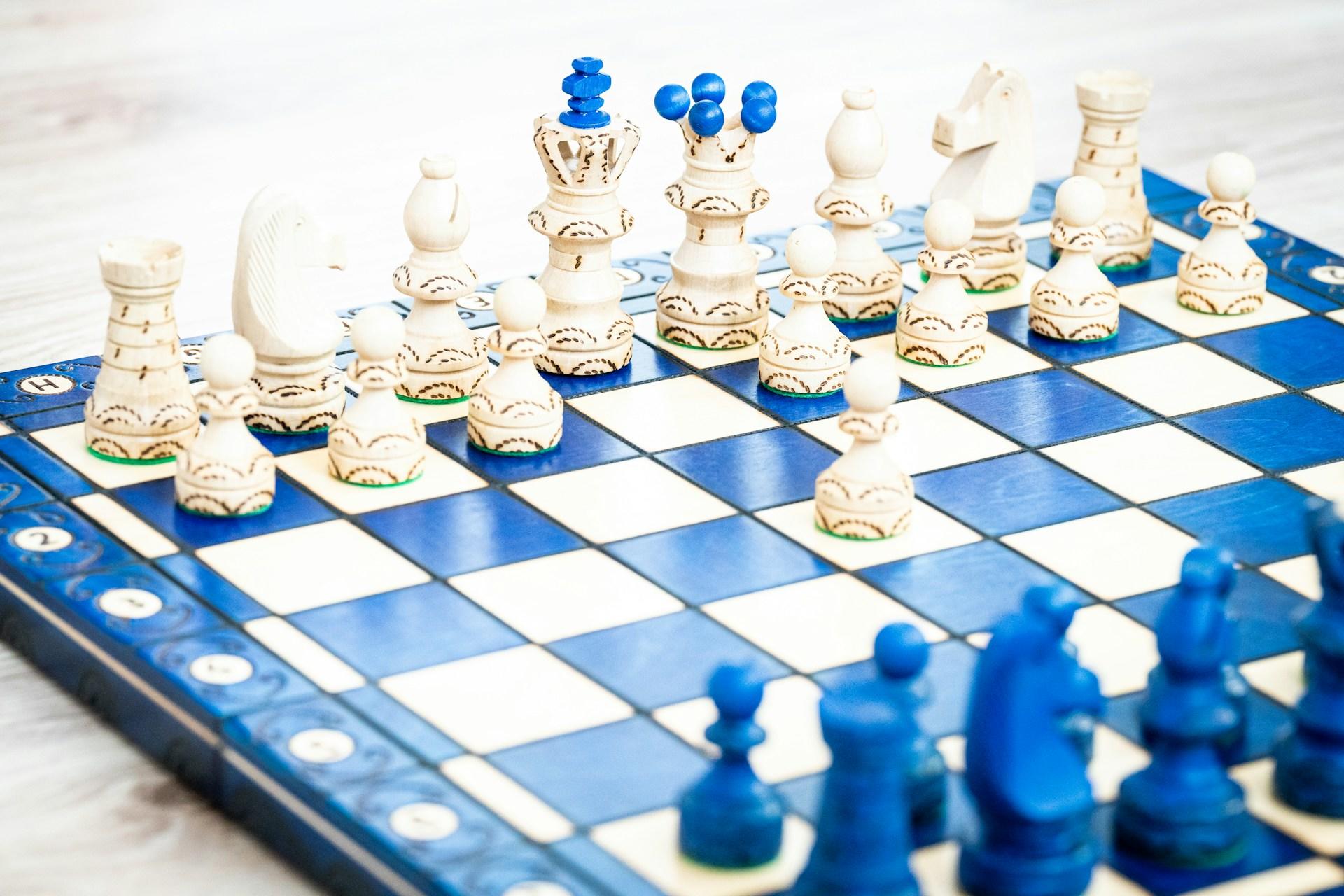
When a chess board is set up correctly, the light/white square must be on the rightmost square beside the edge closest to both players. The player pieces are lined up in two rows horizontally (most commonly called ranks) closest to both the players. Additionally, the second row from the player’s side or the second rank comprises a line of eight pawns, each placed on a single square.
The first rank is almost symmetrical; the castles or rooks are lined on the rightmost and leftmost corners. They are followed by the knights in the inner space next to the rooks and then bishops. The king and the queen occupy the central squares, with the latter placed on the square that matches her color. In contrast, the king occupies the square next to the queen of the opposite color. This arrangement means that both queens and kings face each other, creating a perfectly symmetrical setup amongst both players.
In a chess game, the white/light player always makes the first move. The players take alternate turns until one player is defeated through a checkmate or they resign. A stalemate/draw is also agreeable between the two players. When using an optional timer for playing, like in tournaments, the first player who runs out of time forfeits the game.
If you’re still a learner, here are some things you may want to keep in mind when learning.
Basic Rules of Chess
Fundamental disciplines—independent from the rules mentioned above—must also be considered when learning to play chess.
When playing chess, both the players take turns to make a single move. Skipping a turn is not an option; therefore, the players must move a piece during their turn. Each chess piece has a certain way of being moved (see below), and it must always be moved according to the route it is legally required to follow.
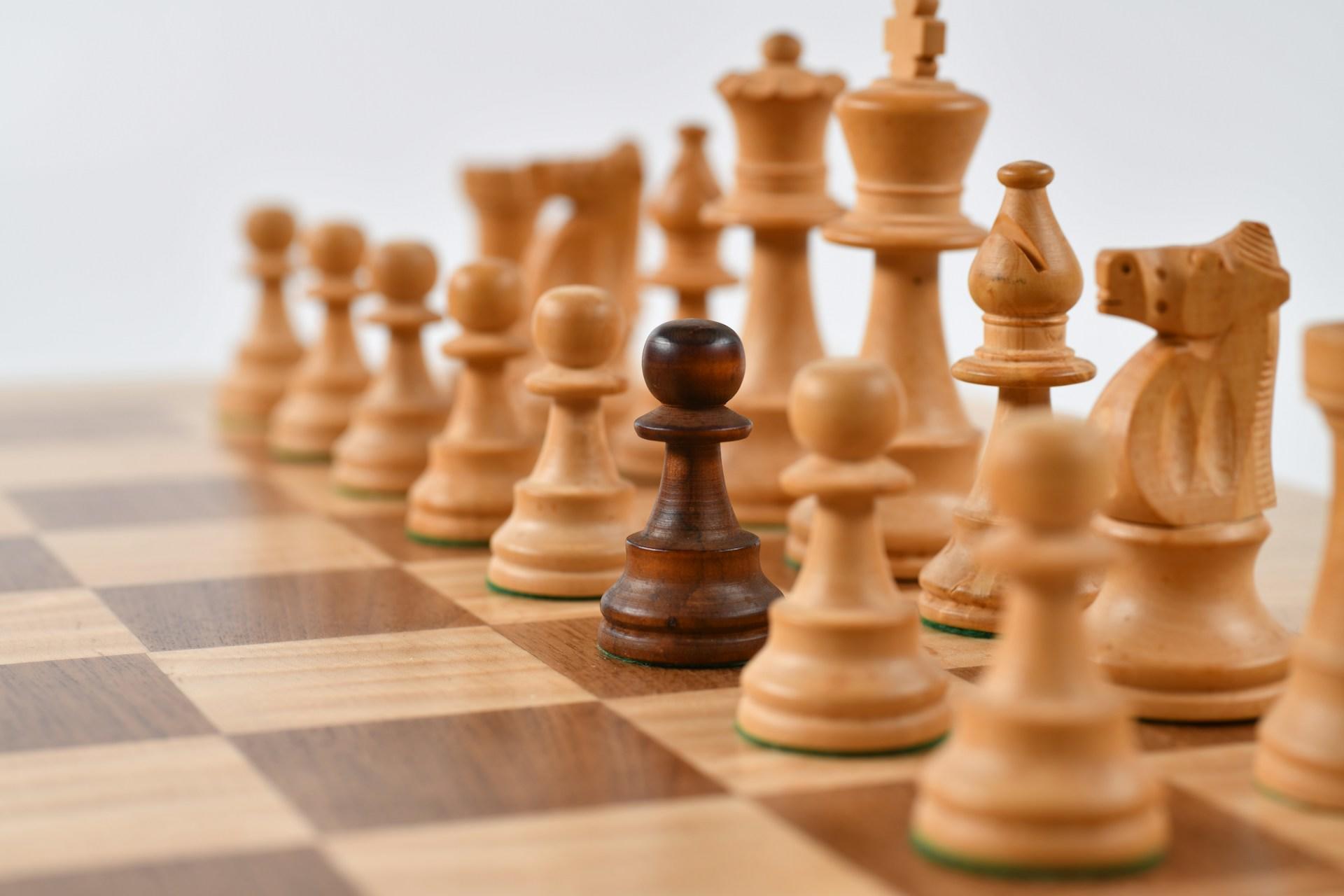
The pieces cannot move through a conflicting color piece without capturing them or stopping when they are the same color. However, the knight is the only exception to this rule, which can jump over the pieces.
If you’re intrigued by the game and seek private lessons, here is a breakdown on the cost of private chess lessons.
Each Chess Piece and How they Move
The awkward and unique movement laws are why most people find chess confusing. However, familiarizing yourself with these differences is pretty straightforward and does not take much time. Learning how to play chess without understanding the movement of the pieces is impossible, and your resulting moves would not be referred to as ‘chess.’
Capturing Chess Pieces
Whenever your piece lands on the space with your opponent’s piece, the opponent’s piece would be seized and removed from the chessboard. You cannot place pieces of the same color on the same square and whenever your piece seizes an opponent’s, you must finish the current move action and then end your turn.
Throughout chess history, the two pieces that are most shrouded in mystery regarding their movements are perhaps the knights and pawns, but you need to know how every piece moves to play. Here, we'll go through each in order of relative importance.
Pawns
The pawns are the most common piece in chess. Each player starts with 8 pawns, which fill the second rank (row) on a chess board at the start of a game.
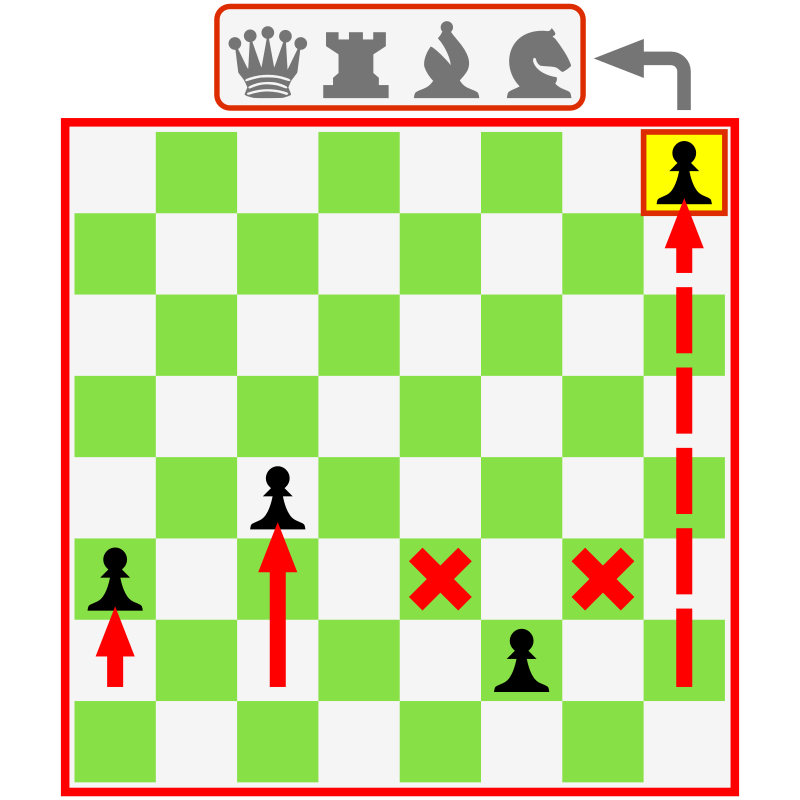
Pawns can move forward a single square, whereas they capture the opposite pieces diagonally a single square ahead.
When the game starts, on the first move, you can move your pawn ahead by two squares if there is a vacancy.
Bishop
Each player starts with two bishops. These pieces are found at the start of the game either side of the king and queen on the third and sixth files (usually denoted by letters, c and f in this case).
Bishops can move as far as they like diagonally into unoccupied space and capture pieces across any distance on the board up to where the captured piece is located. Their movement is like an "x".
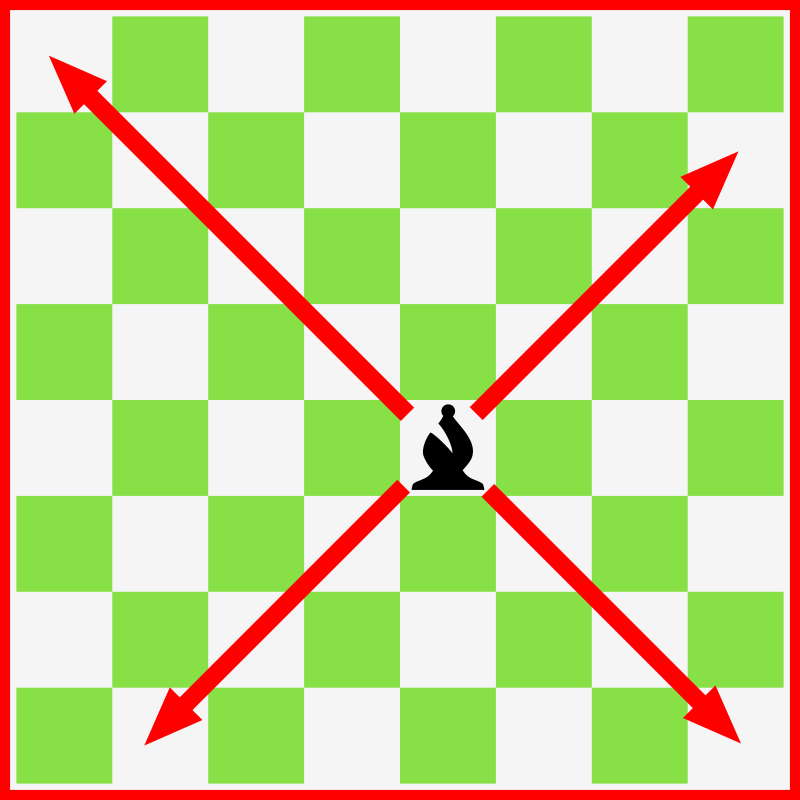
Since bishops move diagonally, they will always remain on the squares the same color as the one they start on. This means each player starts with a light-squared bishop and a dark-squared bishop.
Knight
Each player starts with two knights. These are on the b and g files.
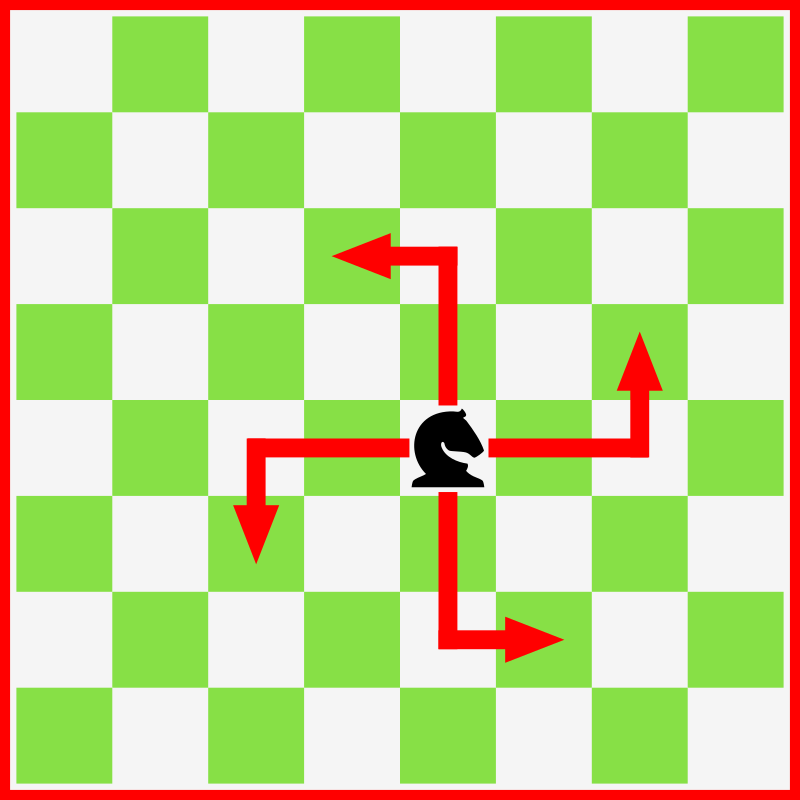
Knights move in a particular way, moving two squares vertically or horizontally and one square perpendicular to the previous movement.
This means they move in an L- or 7-shape. Essentially, moving up two and along one or along two and up one.
Knights are special since their movement can pass over occupied squares. However, the pieces they pass over are not captured, only the pieces that they end their movement on.
Rook
Each player has two rooks, starting in the corners of the board on the a and h files.
These pieces can move as far as they like vertically or horizontally through unoccupied squares and capture pieces they land on.
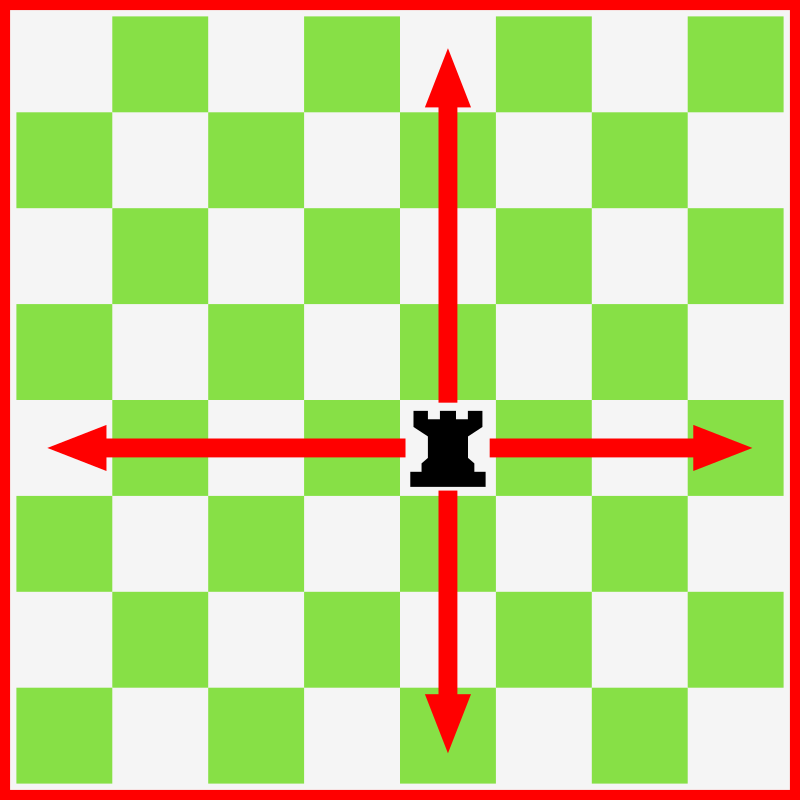
Their movement is like a plus sign (+), meaning they can either move side to side or up and down.
Queen
The Queen is easily the most powerful chess piece.
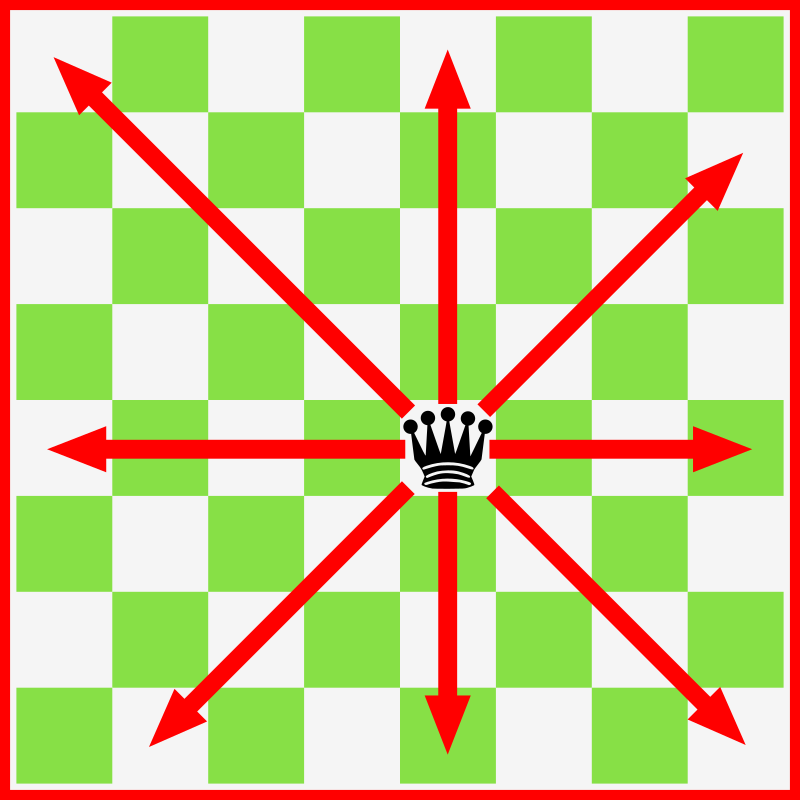
Each player has one and she starts to the left of the white king and the right of the black king, the only difference in setup between the two players.
The queen's movement is a combination of that of the rook and the bishop, meaning she can move as far as she likes vertically, horizontally, or diagonally.
King
The King is the most critical chess piece as it defines how the game is won or lost.
While every other piece can be captured in the game, the king can only be put into check or checkmate (more on that briefly).
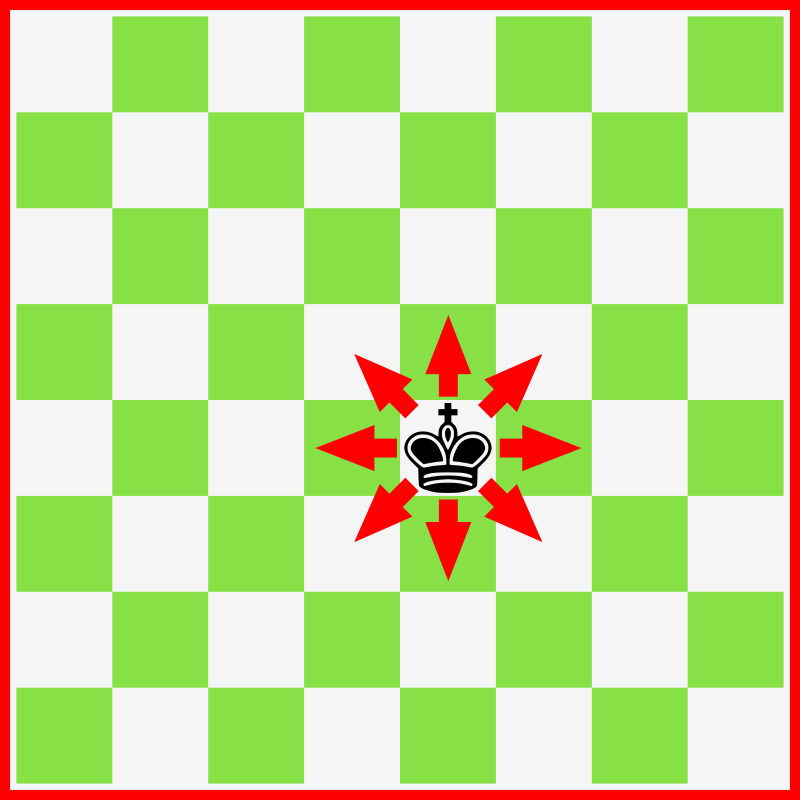
The king can move one square in any direction (vertically, horizontally, or diagonally).
En Passant
When you capture a piece, remember ‘en passant,’ which most people forget. Add this to your list of rules to know while learning how to play chess. En passant makes it possible for you to capture the other player’s pawn when your pawn is on the fifth rank, and the other player moves their pawn two squares forward.
The other player does this, hoping to avoid getting captured by moving past your pawn. But you can catch their pawn according to the rule of en passant—it would be as if the pawn had only moved forward a single square.
Check and Checkmate
Whenever you move your piece in a way that allows you to capture your opponent’s king on the next turn, you have to announce ‘check.’ They now have to move their king or another piece to stop the attack in the next turn. This can be achieved by capturing the attacking piece or blocking the move using another piece.
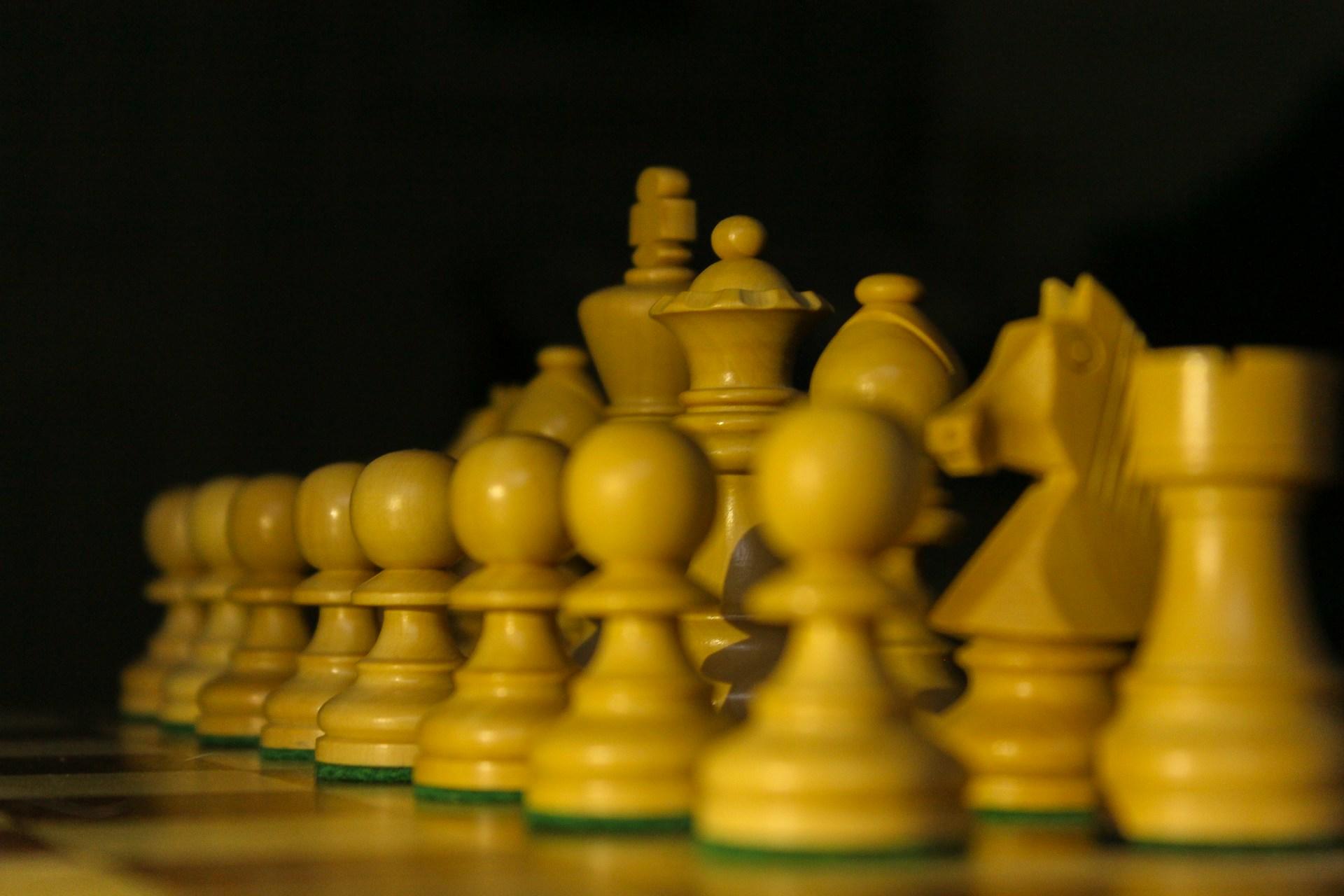
If you have created a situation where your opponent cannot stop their king from being captured in the following turn, you must announce ‘checkmate,’ effectively winning the game. If you find yourself making unwise moves, resigning is also a respectable option.
Remember that the king is never captured; the game finishes when someone announces a triumphant checkmate.
Become an Expert at Playing Chess with a Professional Tutor
Learning how to play chess will significantly enhance your thinking, analysis, and capacity to retain information. Multiple studies have demonstrated that children playing chess from an early age had improved grades in school. Chess also improves your patience and improves your concentration, improving your life in general.
If you still struggle to understand and learn how to play chess, you can always count on Superprof. Superprof will provide you with experience when learning chess for beginners. Playing chess is not easy; however, with their diverse chess tutors, Superprof can help you turn this feat into a piece of cake.

